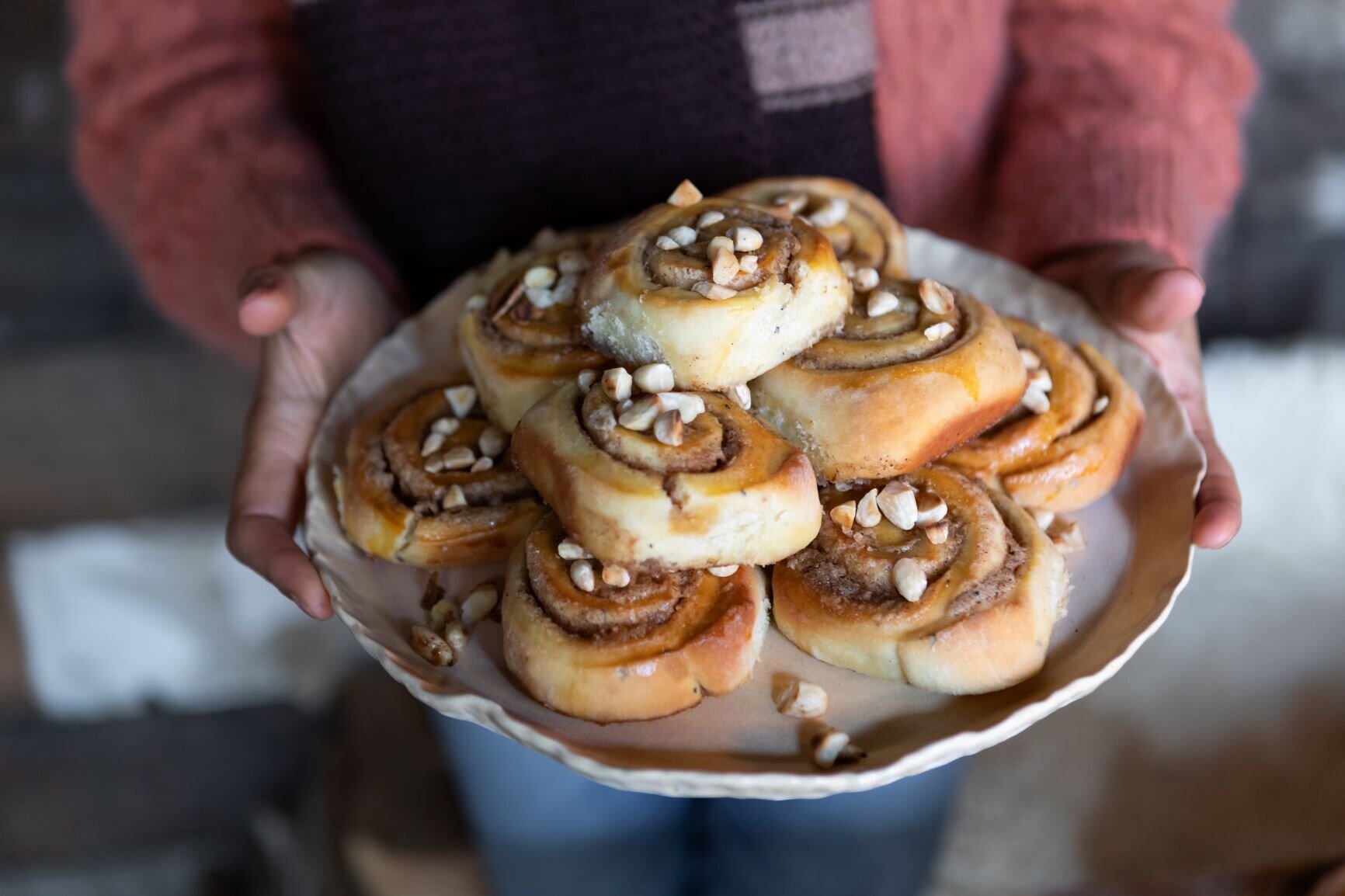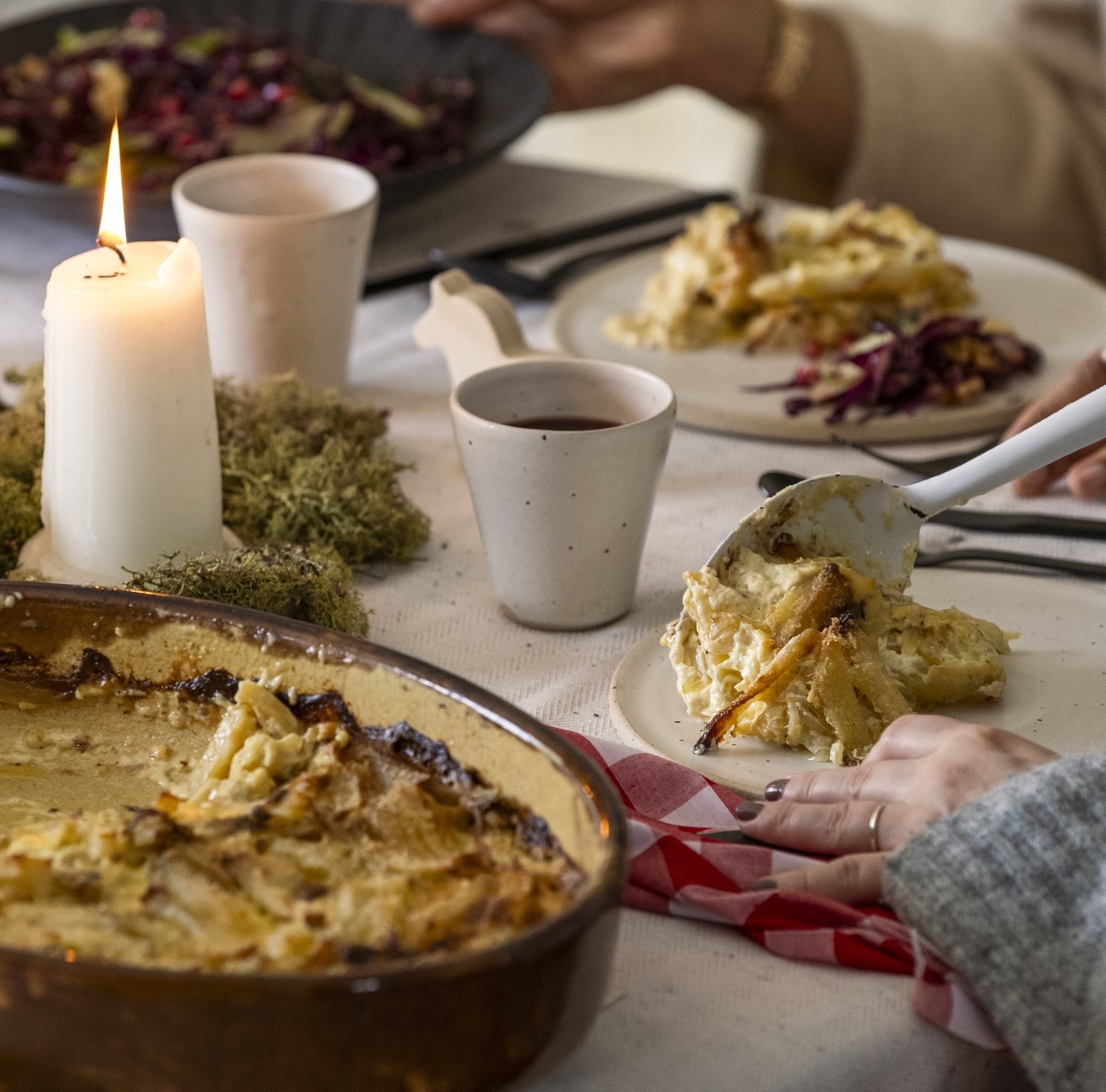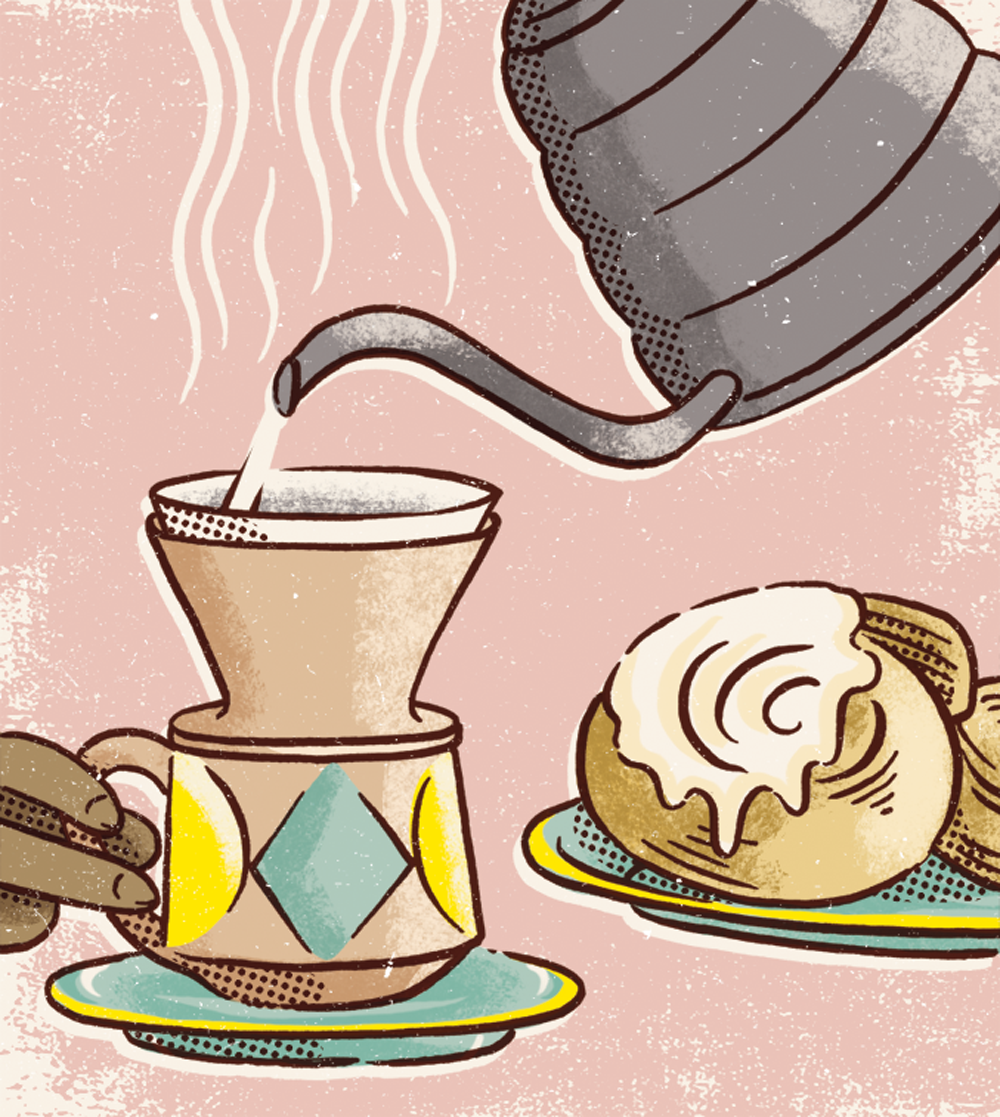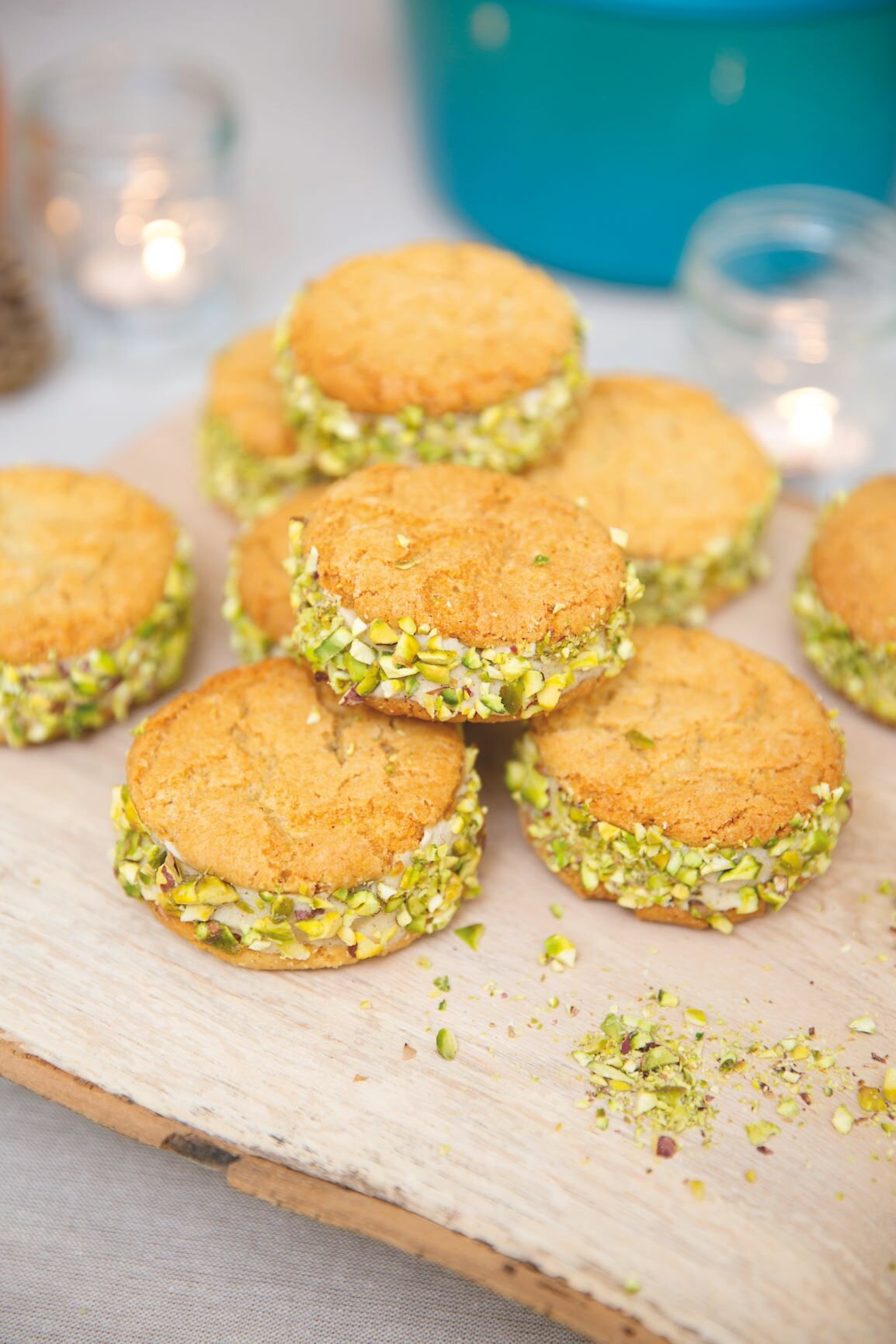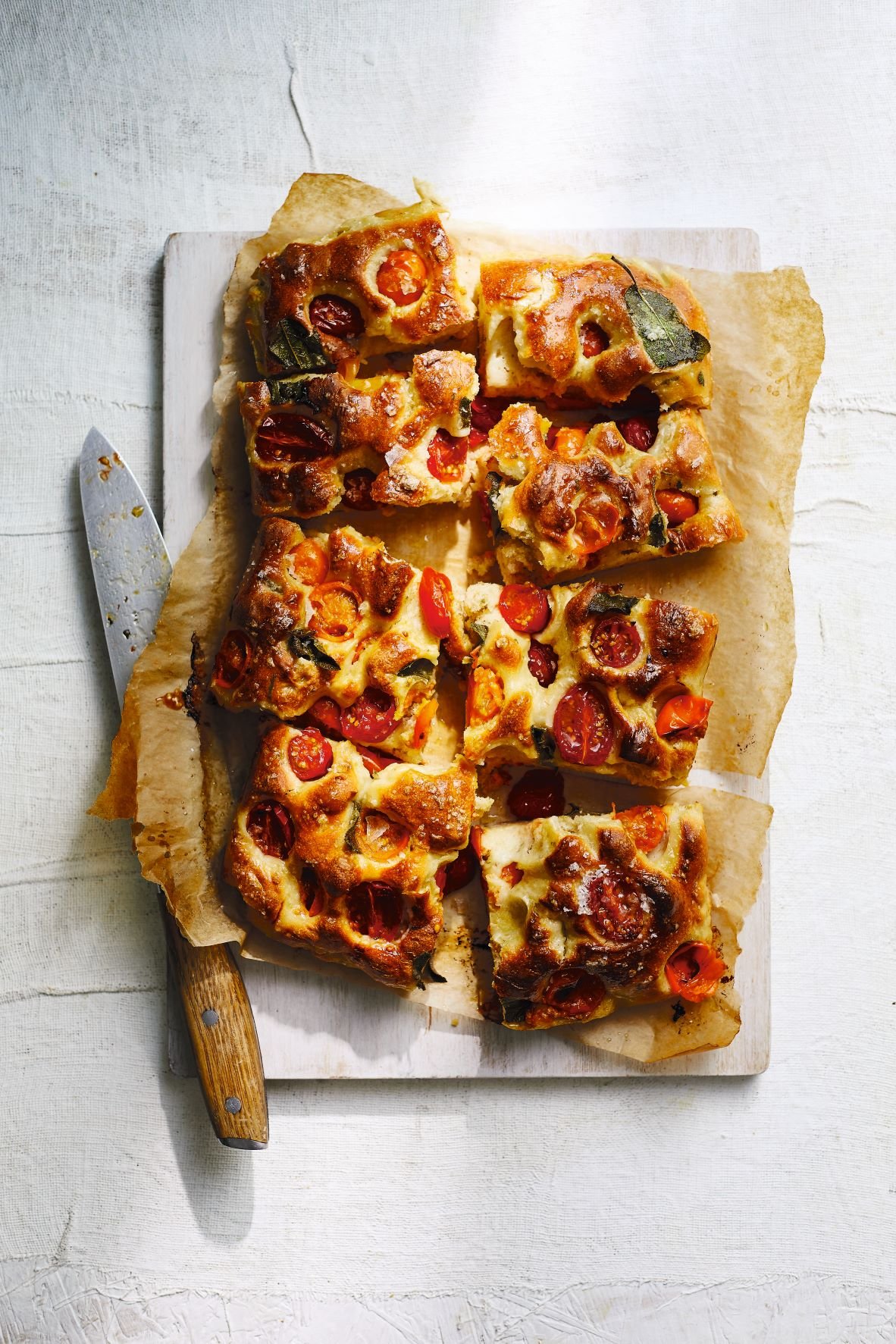Don’t think of your sourdough starter as a recipe. Think of it as a pet…
Who knew that people give their sourdough starters names? Oh OK, you did then. We had no idea! But now we do we just can’t stop thinking of excellent monikers for them.
Overused it may be but Clint Yeastwood still brings a smile to our faces. And if you want a celebrity starter there’s definitely a rich seam to be tapped. How about Bread Dibnah, or Sheena Yeaston? Matthew Breaderick, Crustin Hoffman or Dough Berrick? Philip Loafyield? Too tenuous?... Yes, ok we’ll leave it there.
You could of course choose something more ‘under the radar’. Bubbles, perhaps. Or Gloopy-Lou.
Or simply go oblique. On one sourdough forum a user explained “Mine is called Eve. She started all this trouble after all.” Another says firmly that she never considered naming hers. Fair enough: “I love my starters, they are my boys, like children, I talk to them and I'm proud of them. I miss them when I away. But I have never wanted to give them names.” We’re lost for words now, frankly.
In some ways it’s no surprise people feel they need to name their starters. They become like one of the family in many ways, needing regular feeding, plenty of love and attention. A bit like a very low-maintenance pet.
But look after it you must, so we asked Luc Martin, sourdough expert and owner of Pig and Rye Sourdough Bakery, Breakfast and Lunchroom in Tllburg, The Netherlands.
“The best way to look after a starter is feed it every day. At the bakery we use 3-10kg a day and the few hundred grams that’s left gets mixed with fresh flour and water to be used the next day. Our starter is wholegrain rye based, I’ve kept it alive for over ten years but I don’t believe the age of the starter has any effect on the finished bread.”
He has this advice for newbies to the world of sourdough starters: “For a home baker keeping a starter alive is trickier because you don’t necessarily bake every day. The best thing to do is keep the starter alive in a small quantity, like 150g total, then every day bin 100g and refresh with 50g flour 50g water. There are tricks like storing in the fridge, or keeping the starter hydration lower, both will slow fermentation and extend time between feedings but if you make a mistake you can end up killing the starter.” And that would be a sad day indeed. Keep it simple then, folks.
And what does a sourdough guru call his starter? “Mine has no name I’m afraid, but if I did name it it would probably be Blueberry which is how it smells when it’s ready to bake with.”
In our February issue we have a feature on overnight bakes that will make good use of your starters, keep you busy on a Saturday night before bed, and give you a warm glow of smug satisfaction (and a lovely loaf to boot) on Sunday morning. We have recipes by Rachel de Thample for sweet loaves, crumpets, an oat loaf and even apple and cardamom buns. But we especially enjoyed the recipe for this crusty overnight baguette. We strongly recommend you have a go yourself this weekend. And let us know what you named your sourdough starter, too, so we can give Philip Seemore Loafman the credit, too. Here’s one of our February issue recipes to get your started (see what we did there).
Breakfast baguettes
Baguettes are a great way to get into bread-making. They’re easy to make and super satisfying to see (and eat!) the results. Especially great with salted butter and jam.
Makes 4 small or 2 large sticks
250g active sourdough starter*, or 5g instant yeast
325ml water
1 ¾ tsp sea salt
500g strong white bread flour
1 Mix everything together to form a dough. Give it a good knead until it’s nice and stretchy. Cover with a damp cloth and let rise at room temperature for 8–12 hours, or until doubled in size.
2 Punch down and shape into 2 really long or 4 shorter rectangles – flatten and roll into a baguette shape, tapering and tucking the ends in.
3 Lightly oil a large baking sheet – or two, if needed. Dust with semolina or flour. Arrange the baguettes on the prepared baking sheets, leaving a little room around them so they can rise. Cover with floured plastic and allow to rise for 1½–2 hours or until almost doubled in size.
4 Make diagonal slashes across each loaf using a sharp knife or razor blade. Bake at 220C/Fan 200C/ Gas 8 for about 15–20 mins or until well browned. Spray with water before baking, then 5 mins and 10 mins into the cooking time.
Cook’s note To activate your sourdough starter, remove from the fridge. Feed 2–4 tbsp of starter with 150g strong white bread flour, plus 150ml water. Whisk or stir until well mixed. Cover loosely with a lid or a clean cloth. Let it ferment in a warmish place for 8–12 hours.
*For instructions on how to make a sourdough starter visit thesimplethings/blog/sourdoughstarter.
Get hold of your copy of this month's The Simple Things - buy, download or subscribe
More breads and bakes to enjoy…




























